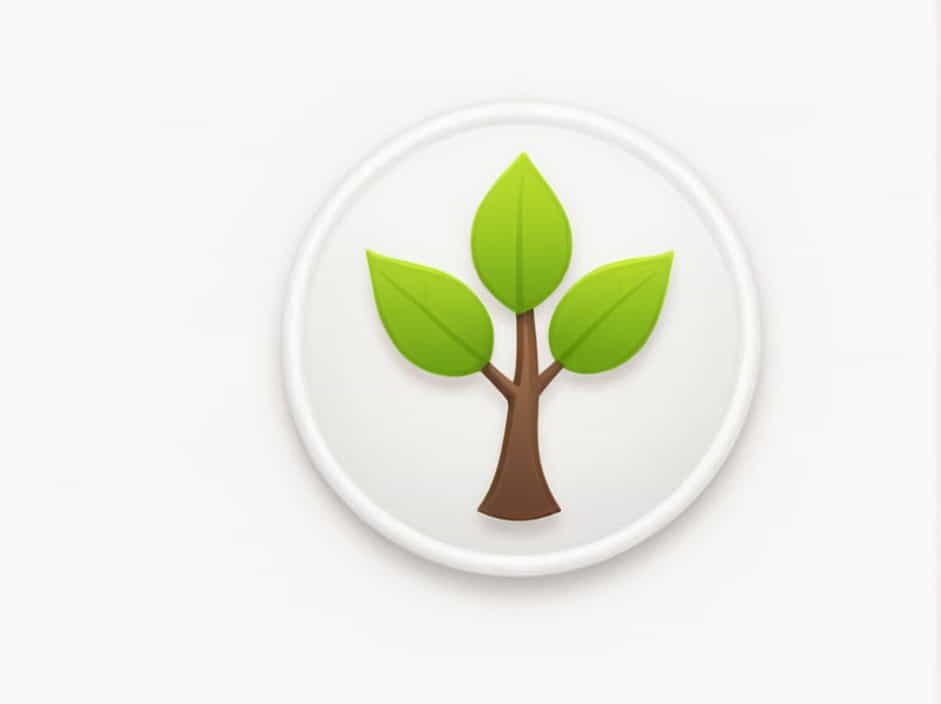Ficus plants are popular houseplants known for their lush green foliage and easy maintenance. However, one common problem many plant owners face is leaf drop. If your ficus is shedding leaves, don’t panic-it’s often a response to changes in its environment.
Understanding the causes of ficus leaf drop and how to fix them can help restore your plant to full health. This guide covers why your ficus is dropping leaves and what you can do to prevent further leaf loss.
Common Reasons Why Ficus Plants Drop Leaves
1. Environmental Changes
Ficus plants are sensitive to sudden changes in their environment. If you’ve recently moved your plant to a new location, it may react by shedding leaves. This is because ficus trees prefer stability, and any change in temperature, light, or humidity can stress the plant.
Solution:
-
Keep your ficus in a consistent location with stable temperature and light conditions.
-
If you must move it, do so gradually by exposing it to new conditions over a few days.
2. Overwatering or Underwatering
Watering issues are one of the most common causes of leaf drop in ficus plants.
-
Overwatering can lead to root rot, causing yellowing leaves that eventually drop.
-
Underwatering makes the plant dehydrated, leading to crispy, brown leaves falling off.
Solution:
-
Check the soil before watering. If the top 1-2 inches feel dry, it’s time to water.
-
Use a pot with drainage holes to prevent excess water from accumulating.
-
Water consistently but avoid soaking the soil.
3. Low Humidity
Ficus plants thrive in humid environments. If your indoor air is too dry-especially in winter when heaters run-the plant may lose leaves due to lack of moisture.
Solution:
-
Increase humidity by using a humidifier or placing a tray of water with pebbles near the plant.
-
Mist the leaves occasionally to add moisture to the air.
4. Insufficient Light
Ficus plants need bright, indirect light to stay healthy. If they are placed in a dark corner or receive too little sunlight, they may start dropping leaves.
Solution:
-
Move your ficus to a bright location with indirect sunlight.
-
Avoid placing it in direct sun, as intense rays can scorch the leaves.
-
If natural light is limited, consider using a grow light.
5. Temperature Fluctuations
Sudden temperature changes can shock your ficus and cause leaf drop. Common triggers include:
-
Cold drafts from windows or air conditioners
-
Heat from radiators or fireplaces
-
Frequent temperature shifts near doors that open to the outside
Solution:
-
Keep your ficus in a room where the temperature stays between 65-75°F (18-24°C).
-
Avoid placing it near heating vents, cold windows, or drafty doors.
6. Pests and Diseases
Pests like spider mites, scale insects, and mealybugs can weaken a ficus and lead to leaf drop. If you notice sticky leaves, webbing, or small bugs, your plant may be infested.
Fungal diseases caused by overwatering can also lead to leaf loss.
Solution:
-
Inspect the leaves and stems regularly for pests.
-
Wipe leaves with a damp cloth or neem oil to remove pests.
-
Treat severe infestations with insecticidal soap.
-
Improve air circulation to prevent fungal infections.
7. Seasonal Leaf Drop (Normal Shedding)
Ficus plants naturally shed older leaves as they grow. If your plant is losing a few leaves from the bottom, it may just be part of its natural cycle.
Solution:
-
If new growth appears, there’s no need to worry.
-
Continue regular care, and your ficus will replace lost leaves over time.
8. Fertilizer Issues
Too much or too little fertilizer can cause ficus plants to drop leaves. Over-fertilizing leads to salt buildup, while nutrient deficiencies weaken the plant.
Solution:
-
Feed your ficus once a month with a balanced liquid fertilizer during the growing season (spring and summer).
-
Reduce feeding in fall and winter when growth slows.
-
Flush the soil occasionally to remove excess salts.
How to Revive a Ficus with Leaf Drop
If your ficus has already lost a lot of leaves, follow these steps to help it recover:
-
Assess the cause – Identify and correct the underlying issue (watering, light, temperature, etc.).
-
Trim dead branches – Remove any weak or yellowing stems to stimulate new growth.
-
Provide proper care – Water appropriately, maintain humidity, and keep the plant in stable conditions.
-
Be patient – Ficus plants take time to adjust. New leaves may take a few weeks to appear.
Preventing Future Leaf Drop
To keep your ficus healthy and prevent future leaf loss:
-
Maintain consistent watering and humidity levels.
-
Avoid moving the plant too often.
-
Keep it in bright, indirect sunlight.
-
Protect it from drafts, air conditioners, and heaters.
-
Inspect regularly for pests and diseases.
Frequently Asked Questions
Q1: How long does it take for a ficus to recover from leaf drop?
Recovery time depends on the cause. If conditions improve, new growth should appear within a few weeks.
Q2: Will my ficus grow back lost leaves?
Yes, if the plant is healthy, new leaves will grow once conditions stabilize.
Q3: Should I repot my ficus if it’s dropping leaves?
Only repot if the roots are overgrown or there’s root rot. Repotting unnecessarily can cause further stress.
Q4: Can I prune my ficus if it’s dropping leaves?
Yes, but avoid excessive pruning. Trim dead branches, but leave healthy stems intact.
Q5: How often should I water my ficus?
Water when the top 1-2 inches of soil feel dry. Avoid overwatering or letting the soil dry out completely.
If your ficus is dropping leaves, don’t worry-this is often a sign of environmental stress. By identifying the cause and making simple adjustments, you can help your ficus recover and thrive.
Consistent care, proper watering, stable temperatures, and good light will keep your ficus lush, green, and healthy. Be patient, and your plant will reward you with new growth in no time!
